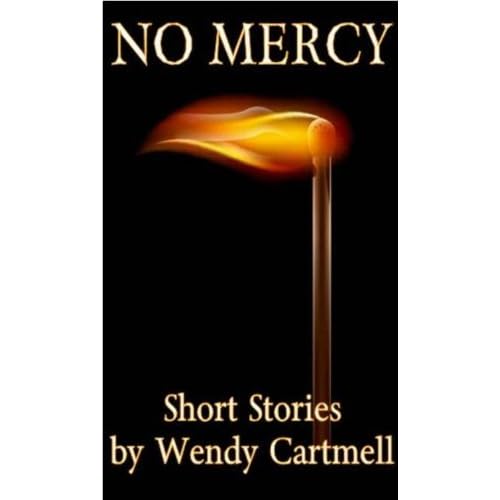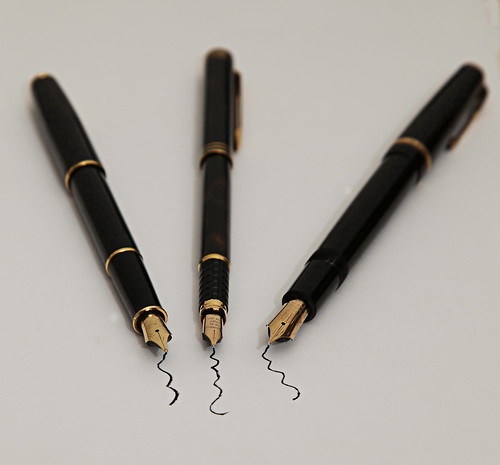I'm not sure when or where I stumbled across Wendy Cartmell's No Mercy, a collection of short stories, but I'm thrilled I did. From the first word to the last, this collection is engaging, interesting and extremely well written.
For starters, the formatting in No Mercy is perfect. I couldn't find a mistake, and you know how hard I look. But I didn't read the entire collection of stories in one sitting, when I promised myself I'd stop after one, just because it looked pretty. After the first thrilling tale, which introduced Cartmell's gruff detective Sergeant Major Crane, I wasn't about to put No Mercy down.
Each story was unique, but they all fit together well to showcase Cartmell's singular style. She writes descriptively, easily drawing the reader deeply into each tale before neatly ending the story with something altogether shocking -- and sometimes triumphant, or chilling, or sorrowful. The title of the collection sums it up perfectly, because Cartmell pulls no punches with her clear, sharp voice that shines in every page. Every little mystery was fascinating, and I'm looking forward to reading much more from Wendy Cartmell in the future.
For starters, the formatting in No Mercy is perfect. I couldn't find a mistake, and you know how hard I look. But I didn't read the entire collection of stories in one sitting, when I promised myself I'd stop after one, just because it looked pretty. After the first thrilling tale, which introduced Cartmell's gruff detective Sergeant Major Crane, I wasn't about to put No Mercy down.
Each story was unique, but they all fit together well to showcase Cartmell's singular style. She writes descriptively, easily drawing the reader deeply into each tale before neatly ending the story with something altogether shocking -- and sometimes triumphant, or chilling, or sorrowful. The title of the collection sums it up perfectly, because Cartmell pulls no punches with her clear, sharp voice that shines in every page. Every little mystery was fascinating, and I'm looking forward to reading much more from Wendy Cartmell in the future.




















